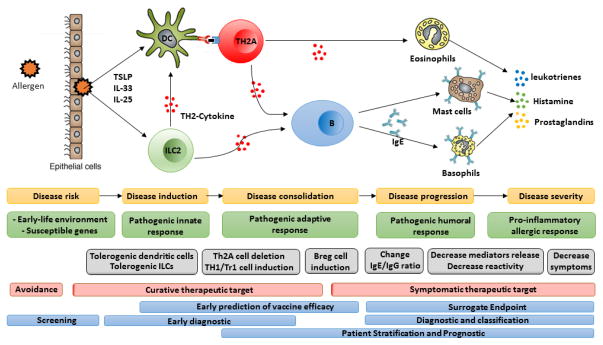Figure 1. The process of type 1 allergic disease pathogenesis, showing opportunities for identifying biomarkers.
Upon allergen recognition, epithelial cells release cytokines, such as IL-25, IL-33, and TSLP. Activation of ILC2 amplify and coordinate local immune responses. Allergens are captured by antigen-presenting dendritic cells or macrophages, and allergen-derived antigens presented by these cells are recognized by CD4+ T cells, which proliferate and differentiate. Primed allergen-specific Th2 cells and release of Th2 cytokines activate eosinophils and trigger the maturation of antigen-specific B cell populations into plasma cells. Plasma cells release antigen-specific IgE, which binds to IgE receptors on mast cells and basophils, initiating downstream histamine release when cross-linked with antigen.
Key: Yellow and green boxes show the process of type 1 allergic disease pathogenesis. Grey boxes show potential treatment response markers on allergic disease process. Red boxes show principal targeted cells during current potential therapy. Blue boxes show potential types of biomarkers in an allergic disease process.

